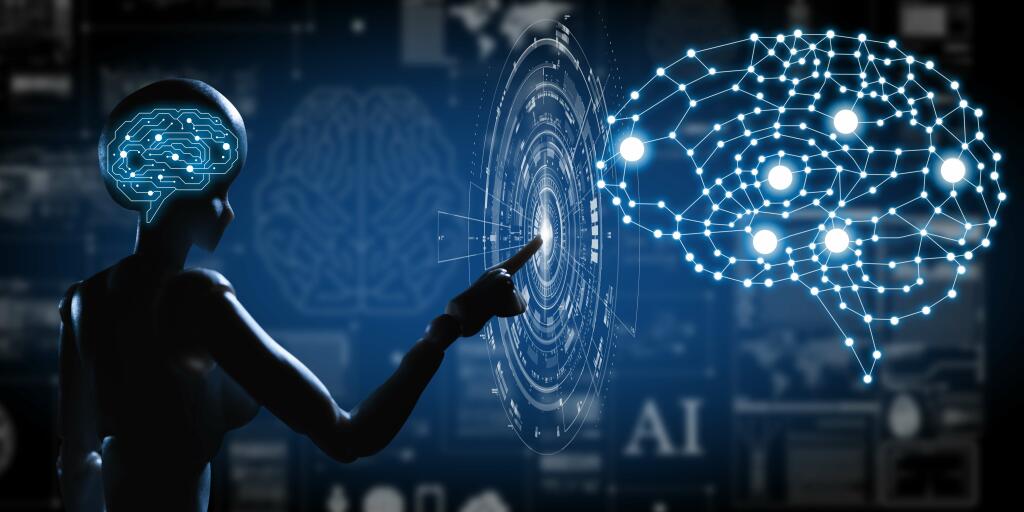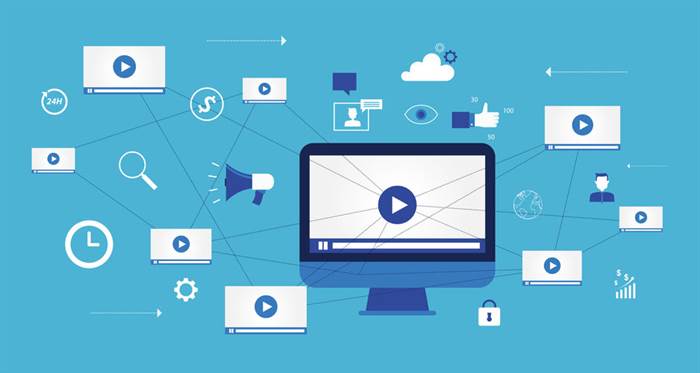There are several system SDLC models that work well for developing applications in Oracle APEX. The waterfall approach is best suited for a simplistic, yet systematic approach to meet the exact requirements of the client. The immediate benefit to the client is the constant realization of the benefits in terms of the expectations of the https://www.globalcloudteam.com/ final deliverable. This approach also ensures that the provider can constantly measure itself to interpret the requirements of – and deliver the best solution to – the client. The tools that this methodology prescribes should have built-in quality and project control measures, ensuring that a certain quality level is maintained.
DevOps engineers are IT professionals who work side-by-side with developers and other IT personnel to look after and guide code releases and deployments. DevOps professionals play a key role in the SDLC effort, especially in the planning and system operation components. In this phase, the QA team also helps improve code coverage through automated tests and using resources from both the backend and the frontend of the system. Here, the QA team also carries out trial runs to collect system behavior data for insights on what can be improved or tweaked for a superior user and system experience. This phase is closely tied to documenting all the project specifications and the team usually takes sufficient time to properly document each detail for future reference. Also, during the analysis phase, the team defines the inputs and outputs of the data flow in and out of the system by undertaking a thorough system analysis of the business processes that need to be covered and solved by the future system.
IV. Systems Development Life Cycle
Behavior-driven development, which uses testing outcomes based on plain language to include non-developers in the process, has become increasingly popular. Developers will typically use multiple tools, programming environments, and languages (C++, PHP, Python, and others), all of which will comply with the project specifications and requirements outlined in the SRS document. Special attention has been system development lifecycle given to the characteristics of each of the seven SDLC phases because a thorough understanding of these different stages is required to implement both new and modified software systems. The agile model is relatively well-known, particularly in the software development industry. One example of an Iterative model is the Rational Unified Process (RUP), developed by IBM’s Rational Software division.

During DevSecOps, the team undergoes security assurance activities such as code review, architecture analysis, penetration testing, and automated detection, which are integrated into IDEs, code repositories, and build servers. However, unlike traditional software development that addresses security as a separate stage, SDLC addresses security every step of the way through DevSecOps practices. The project manager is the overall control agent for a strong SDLC process.
What are the different stages of the SDLC?
Project managers in charge of SDLC need the right tools to help manage the entire process, provide visibility to key stakeholders, and create a central repository for documentation created during each phase. One such tool is Smartsheet, a work management and automation platform that enables enterprises and teams to work better. The conceptual design stage is the stage where an identified need is examined, requirements for potential solutions are defined, potential solutions are evaluated, and a system specification is developed. The system specification represents the technical requirements that will provide overall guidance for system design.

The development team collects requirements from several stakeholders such as customers, internal and external experts, and managers to create a software requirement specification document. The iterative and phased stages of an SDLC benefit from the leadership of a dedicated project manager. The major goal of an SDLC is to provide cost effective and appropriate enhancements or changes to the information system that meet overall corporate goals.
System Development Life Cycle Models
This high-risk SDLC model throws most of its resources at development and works best for small projects. It lacks the thorough requirements definition stage of the other methods. An extension of the waterfall model, this SDLC methodology tests at each stage of development. ” This phase of the SDLC starts by turning the software specifications into a design plan called the Design Specification. All stakeholders then review this plan and offer feedback and suggestions.
Joint Advisory on Top Cyber Misconfigurations Highlights Urgency … – CISA
Joint Advisory on Top Cyber Misconfigurations Highlights Urgency ….
Posted: Thu, 05 Oct 2023 12:00:00 GMT [source]
SDLC models can therefore help projects to iterate and improve upon themselves over and over until essentially perfect. SDLC models implement checks and balances to ensure that all software is tested before being installed in greater source code. SDLC provides a number of advantages to development teams that implement it correctly.
New to software development?
The project manager is responsible for executing and closing all the linear steps of planning, building, and maintaining the new or improved system throughout the process. This stage involves deploying the developed system into the production environment. This includes activities such as system installation, data migration, training end-users, and configuring necessary infrastructure.

Considered one of the most popular methodologies for SDLC, the Spiral model is an exceptional solution for risk handling. This model’s key differentiator is its diagrammatic visualization which resembles that of a spiral with many loops across the spiral which can vary from project to project. The SDLC doesn’t necessarily stop once the system is out living and breathing. This crucial phase is where project members dive deep and define the technical requirements of the system so they can be properly addressed. SDLC models can thus assist projects in iterating and improving themselves until they are essentially ideal.
What are the 7 phases of SDLC?
The execution component is responsible for the final deliverable of the project and is built around pure code development, system configuration, or a combination of both. The second theme includes ways to determine the data necessary to produce the logical requirements specified by the organization. Each phase has its own mini-plan and each phase “waterfalls” into the next. The biggest drawback of this model is that small details left incomplete can hold up the entire process. An output artifact does not need to be completely defined to serve as input of object-oriented design; analysis and design may occur in parallel.

Different modules or designs will be integrated into the primary source code through developer efforts, usually by leveraging training environments to detect further errors or defects. Instead of starting with fully known requirements, project teams implement a set of software requirements, then test, evaluate and pinpoint further requirements. A new version of the software is produced with each phase, or iteration. As you take your first steps into a software development career, consider potential employers and particular areas of interest. You can specialize in cloud computing or mobile app development or become a generalist who is an expert at applying the SDLC across many types of software. Maintenance involves updating an existing software product to fix bugs and ensure reliability.
Planning
In traditional software development, security testing was a separate process from the software development lifecycle (SDLC). The security team discovered security flaws only after they had built the software. This led to a high number of bugs that remained hidden as well as increased security risks. The spiral model combines the iterative model’s small repeated cycles with the waterfall model’s linear sequential flow to prioritize risk analysis. You can use the spiral model to ensure software’s gradual release and improvement by building prototypes at each phase. The planning phase typically includes tasks like cost-benefit analysis, scheduling, resource estimation, and allocation.
- At this stage, the team will work together to devise a set of business goals, requirements, specifications, and any high-level risks that might hinder the project’s success.
- For instance, some devs from an Agile background might not have worked in DevOps.
- Several pitfalls can turn an SDLC implementation into more of a roadblock to development than a tool that helps us.
- It’s linear and straightforward and requires development teams to finish one phase of the project completely before moving on to the next.
- Special attention has been given to the characteristics of each of the seven SDLC phases because a thorough understanding of these different stages is required to implement both new and modified software systems.
